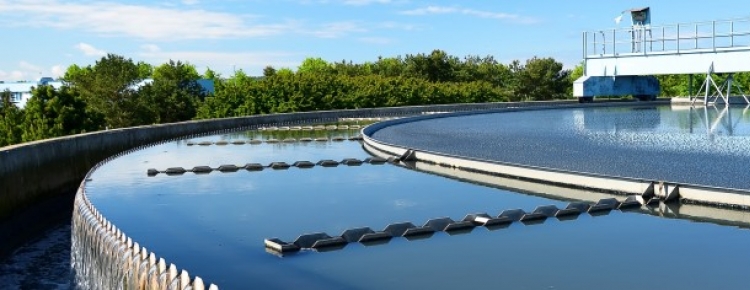
After All, It's a Truly Valuable Resource
When science, technology, and social need converge, results can be breathtaking in scope and impact.
Consider, for example, the noticeable shift occurring in society’s approach to dealing with nuisance waste streams of all types. Let’s focus on one issue—that of municipal wastewater treatment. Such wastewater is commonly treated by biologically breaking down organic waste matter. This process generates “clean” water safe for discharge to the environment and a sludge stream of organic matter (commonly referred to as biosolids) that, for decades, has been regarded as an inevitable nuisance by-product.
The Journal of Environmental Management (July 2017 edition) highlights a study of 15,017 publicly-owned treatment plants located in the mainland US and Puerto Rico that cumulatively processed 130.5 billion gallons of wastewater per day in 2012, capturing an annualized 13.84 million tonnes of dry solids. Now, expand that number to include Canada, Europe, Asia; indeed, globally. The result is staggering—what to do with all this waste?
It took a dramatic change in perspective to turn this problem into an opportunity.
Municipal wastewater sludge (and we can include agricultural wastewater sludge and many types of industrial wastewater sludges) is now gaining widespread recognitionas a valuable resource worthy of proper attention.
Consider the extraction of two prominent value streams from such sludge:
- Biogas—Anaerobic sludge digestion uses bacteria that thrive in an oxygen-free environment. This process produces biogasconsisting primarily of methane, carbon dioxide, and small amounts of H2S and ammonia. Biogas can fuel specially-modified engines to drive generators and create electricityor be burned to heat buildings. In a growing number of applications, special equipment refinesbiogas to high-grade methane (referred to as renewable natural gas, or RNG) thatis soldto gas utilities for downstream consumption. Governments frequently offer financial incentives to spur on such sustainable energy development.
- Fertilizer—Properly digested sludge destroys harmful contaminants. What remains, when sufficiently dewatered, is a Class A biosolid safely applied as a soil-enriching fertilizer by large-scale farming operations and home gardeners alike.
In Canada, companies like Lystek International and Greenlane Biogas are providing cutting-edge technologies to unlock such value in wastewater sludge. Internationally, numerous clean technology companies successfully tacklesuch challenges.
It’s comforting to know there is a strong and growing global push to create value from waste in ways that were only pipe dreams but a short time ago—for the need is great and opportunities to benefit abound.

